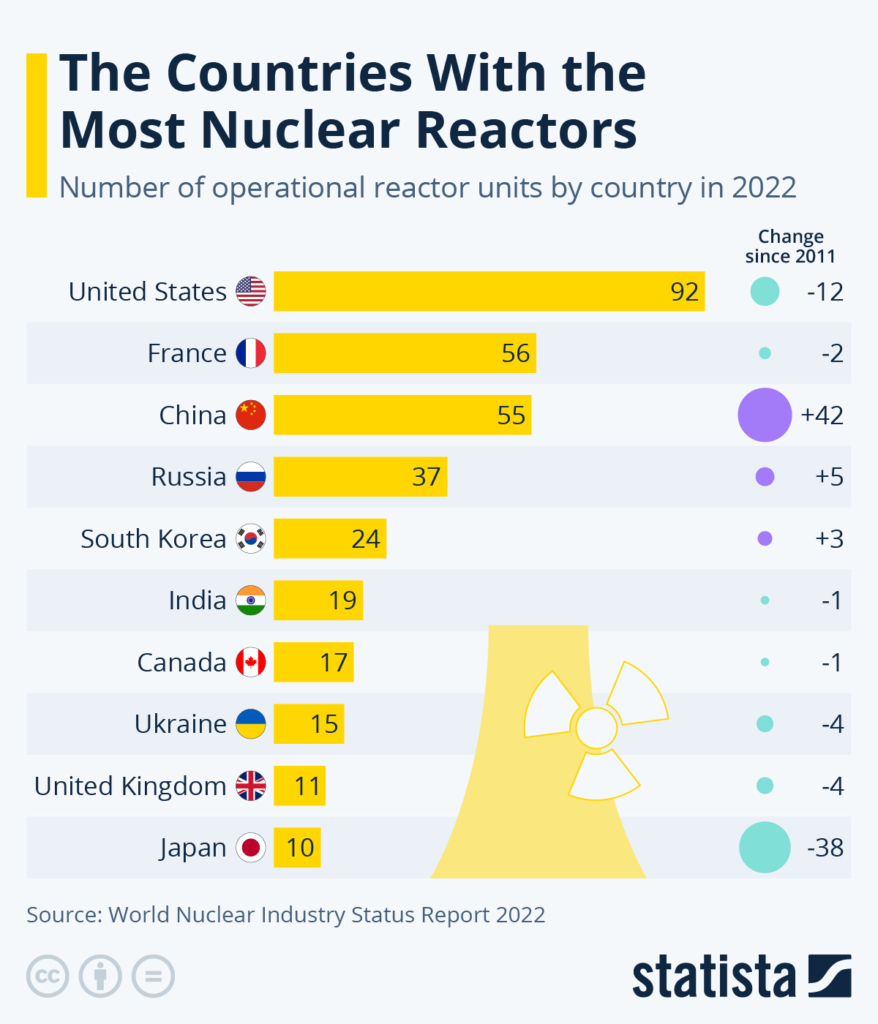The “2022 World Nuclear Industry Status Report” mentions Small Modular Reactors (SMRs), which have attracted a lot of interest in recent years. According to the report, the problems and costs of SMRs are significantly more than what the outside world imagines.

Tsai Chung-yue, Citizen of the Earth’s deputy executive officer, stated that the report, which has been following the growth of SMRs since 2016, found no substantial advancement in the last several years. However, there is evidence that the reactors are encountering substantial economic hurdles.
SMRs are not a new technology, but they have been plagued by long delays and expensive prices. SMRs have failed to produce a single watt of power in nations such as Argentina and China.

In addition, much of the hype surrounding SMRs in other nations has been all sizzle and no meat. For example, Canada is still struggling to get the required money and has yet to submit a design for safety evaluation, let alone certification.
France professes to be devoted to R&D, but just 10 to 15 engineers are actively participating in the development process. EDF, a French energy corporation, has declared that the project is not a priority. Since the 1990s, India has been contemplating SMR development, but building has been stalled.

The report mentioned that although Russia has two floating SMRs, their load factors for 2021 were only 44.7 and 18%—poor operation makes them difficult for commercial use.
India stated in early 2022 that the safety review of their SMR design had been completed. Meanwhile, South Korea claims that its design was approved by safety authorities in 2012, but it has not been able to attract any customer orders. Other designs are still in the early stages of development.
This post is based on the “2022 World Nuclear Industry Status Report”; edited by Clean-Future Team






